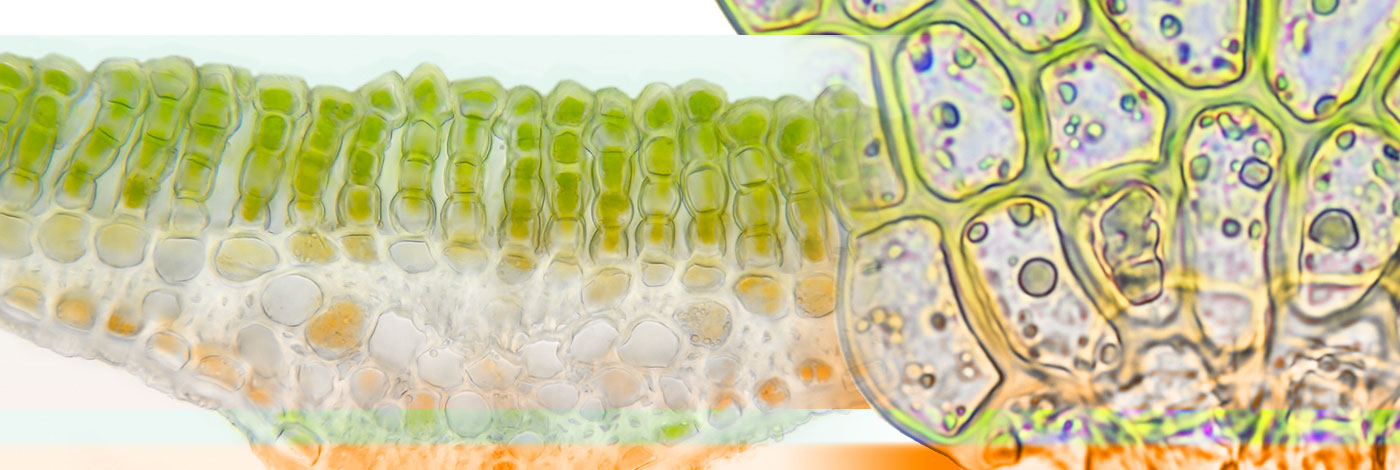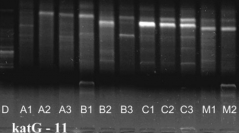

 Cryptogamie, Bryologie
29 (1) - Pages 3-21
Cryptogamie, Bryologie
29 (1) - Pages 3-21The liverwort Aneura pinguis is represented in Europe by 4 cryptic species (A, B, C and D). They differ in morphology and ecological preferences. Three molecular marker systems (RAPD, ISJ and katG) were used to identify particular cryptic species. Ten samples of 4 cryptic species of A. pinguis and 2 samples of A. maxima (as an outgroup) were analysed. The 18 primers representing 3 different DNA marker categories revealed 147 bands, and 56 of them were species-specific. Among the cryptic species of A. pinguis, the greatest number of 21 specific bands was observed in species D, compared to 8 in species C, 7 in species B, 5 in species A, and 15 in A. maxima. The value of genetic similarity between analysed populations at the intraspecific level was I=0.90. In contrast, the I value between particular studied cryptic species ranged from 0.385 to 0.690. The similarities showed that species C and D are the most distinct, whereas species A and B are the most similar. The results of DNA analysis are consistent with earlier enzymatic data and support the division of A. pinguis into 4 cryptic species.